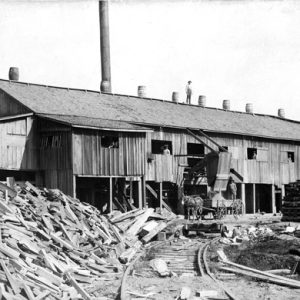 Portia Lumber Company
Portia Lumber Company
Entry Type: Place
 Portia Lumber Company
Portia Lumber Company
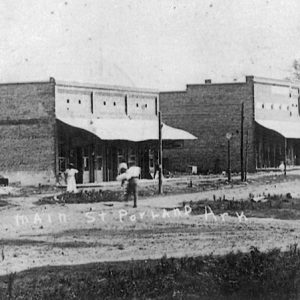 Portland Main Street
Portland Main Street
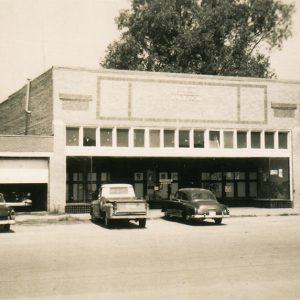 Portland City Hall
Portland City Hall
Portland (Ashley County)
Possum Grape (Jackson County)
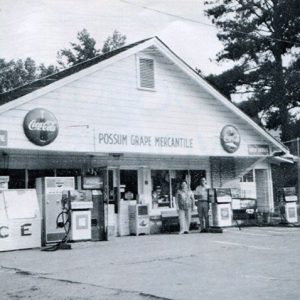 Possum Grape Mercantile
Possum Grape Mercantile
 Post Familie Vineyards and Winery
Post Familie Vineyards and Winery
Postage Stamps with Arkansas Connections
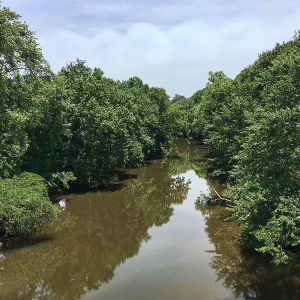 Poteau River
Poteau River
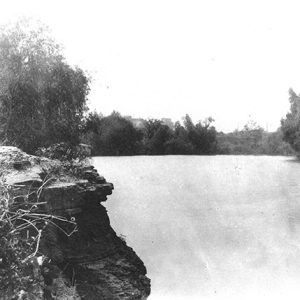 Poteau River
Poteau River
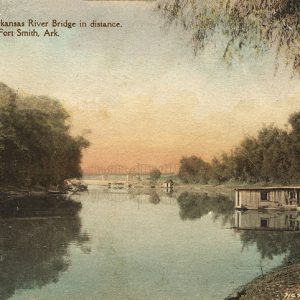 Poteau River at Fort Smith
Poteau River at Fort Smith
 Poteau River Bridge
Poteau River Bridge
Potlatch Cook’s Lake Nature Center
 Potts Inn
Potts Inn
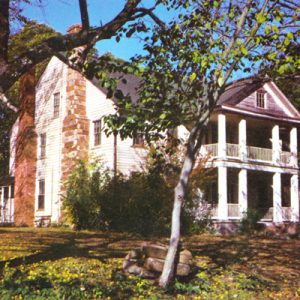 Potts Inn
Potts Inn
 Pottsville
Pottsville
Pottsville (Pope County)
 Pottsville Citizens Bank
Pottsville Citizens Bank
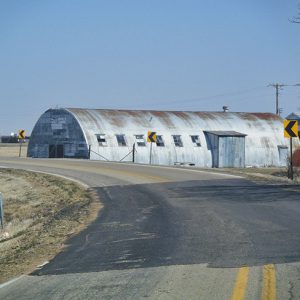 POW Camp in Earle
POW Camp in Earle
Powder Magazine (Scott County)
Powhatan (Lawrence County)
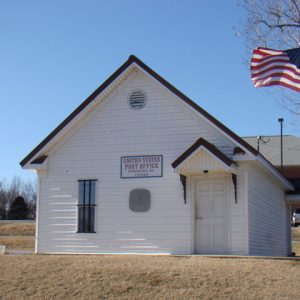 Powhatan Post Office
Powhatan Post Office
 Powhatan Courthouse
Powhatan Courthouse
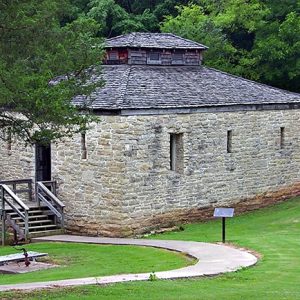 Powhatan Jail
Powhatan Jail
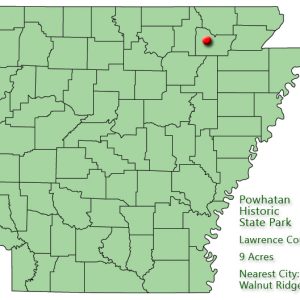 Powhatan Historic State Park: Park Location
Powhatan Historic State Park: Park Location
Powhatan Historic State Park
Powhatan Male and Female Academy
aka: Powhatan School House
 Powhatan Male and Female Academy
Powhatan Male and Female Academy
Poyen (Grant County)
 Poyen Cemetery
Poyen Cemetery
 Poyen Veterans' Memorial
Poyen Veterans' Memorial
Prairie County
 Prairie County Courthouse
Prairie County Courthouse
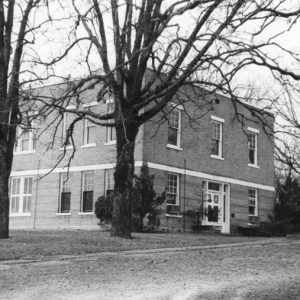 Prairie County Courthouse
Prairie County Courthouse
Prairie Creek (Benton County)
Prairie Grove (Washington County)
 Prairie Grove Cannery
Prairie Grove Cannery
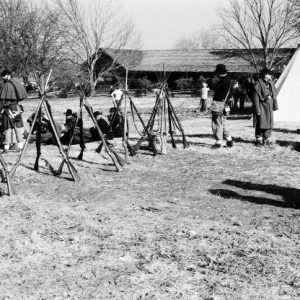 Prairie Grove Battlefield State Park
Prairie Grove Battlefield State Park
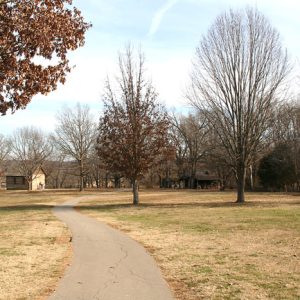 Prairie Grove Battlefield State Park
Prairie Grove Battlefield State Park
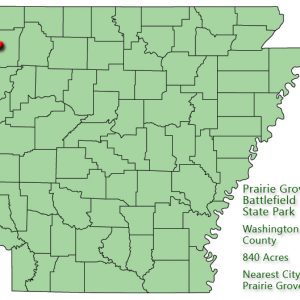 Prairie Grove Battlefield State Park: Park Location
Prairie Grove Battlefield State Park: Park Location
 Prairie Grove Battlefield State Park
Prairie Grove Battlefield State Park
Prairie Grove Battlefield State Park
 Prairie Grove Street Scene
Prairie Grove Street Scene
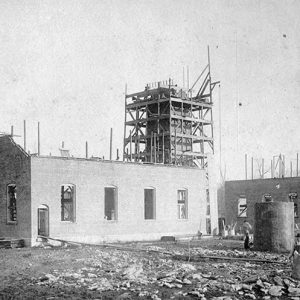 Prairie Oil and Gas
Prairie Oil and Gas
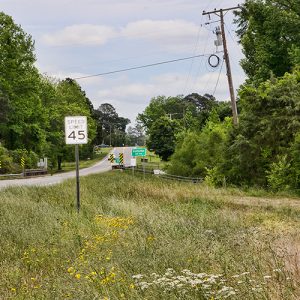 Prattsville
Prattsville
 Prattsville
Prattsville
Prattsville (Grant County)
 Prattsville City Hall and Water Tower
Prattsville City Hall and Water Tower
 Prattsville Community Center
Prattsville Community Center
 Prattsville High School
Prattsville High School




